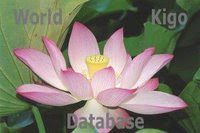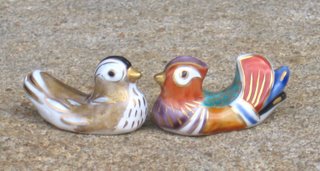:::::::::::::::::::::::::::::::::::::::::::::::::::::::::::::::::::::::::::::::::::::::::::::::::::::
Chinese Characters 竜 龍 辰
dragon; imperial
Finally, you'll discover whatever there is to know about the "dragon" radical — and why one might be tempted to call it the "hidden dragon" radical. Incidentally, 竜 is a Shin-Joyo kanji; it's a 2010 addition to the Joyo set.
Joy o' Kanji, Eve Kushner
source : joyokanji.com
:::::::::::::::::::::::::::::::::::::::::::::::::::::::::::::::::::::::::::::::::::::::::::::::::::::
TAITO たいと

This character is composed of 84 strokes, one of the most in Japan.
In the middle and the bottom there are
three dragons 龍 (TAI)
above are the three clouds 雲 (TO)
TO means, the dragons are moving.
It can also be written like this:

:::::::::::::::::::::::::::::::::::::::::::::::::::::::::::::::::::::::::::::::::::::::::::::::::::::
kanji 漢字 Chinese character
. Dragon Words - Vocabulary .
. Kanji and Daruma .
Daruma Museum, Japan
[ . BACK to World Kigo Database . ]
:::::::::::::::::::::::::::::::::::::::::::::::::::::::::::::::::::::::::::::::::::::::::::::::::::::








No comments:
Post a Comment